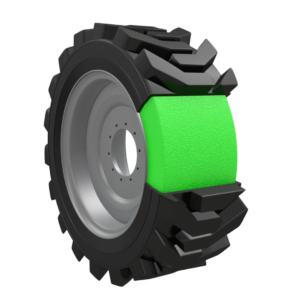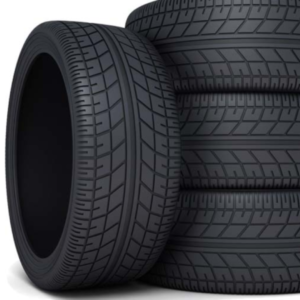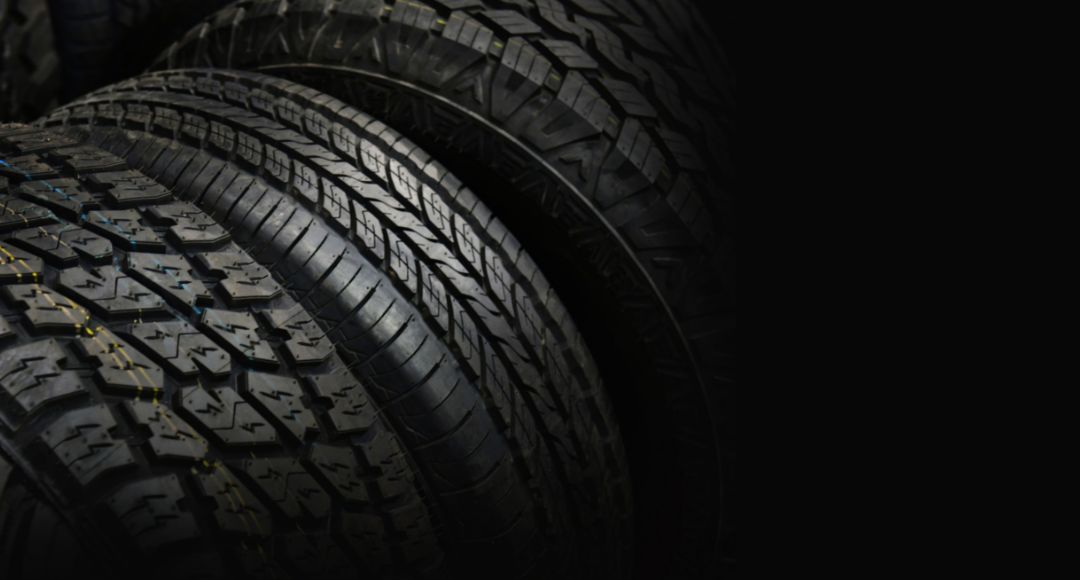The debate over which is the better tire material – foam or rubber – has been raging for decades. Both materials have their own pros and cons, but when it comes down to it, the choice of a tire depends on the user’s individual needs and preferences. If you consider using a foam-filled tire a foam tire filler can help prevent flats and provide a smoother ride for your vehicle. In this article, we will discuss some of the key differences between foam and rubber tires in order to help you make an informed decision.
Foam tires are typically lighter than rubber tires, making them easier to move and control. This can be a huge advantage for cyclists who are looking for reduced rolling resistance and improved maneuverability. Additionally, foam tires absorb shock more effectively than rubber ones, providing a much smoother ride over less-than-ideal terrain. However, foam tires provide less traction than rubber tires, so they may not be the best choice for riders who ride in wet or slippery conditions.
In contrast, rubber tires are much more durable and long-lasting than foam ones. They offer greater traction on slick surfaces and are better suited to off-road riding. However, rubber tires tend to be heavier than foam tires, which can have a negative impact on the overall performance of your bike.
 Advantages of Foam Tires
Advantages of Foam Tires
Foam tires are generally lighter than their rubber counterparts and offer better cushioning due to their ability to absorb shock more effectively. This makes them ideal for terrain with a lot of unexpected bumps or curves, as they provide extra protection against these potential hazards. Additionally, foam tires can also provide a better grip on wet and slippery surfaces such as sand or mud.
Disadvantages of Foam Tires
One of the biggest drawbacks of foam tires is their tendency to wear down quickly and need frequent replacements. This can be a problem for those who plan on riding long distances on their bikes, as they may need to replace their tires more often than with rubber tires.
Additionally, foam tires can also be less durable than rubber when exposed to extreme temperatures or sharp objects such as rocks and sticks.
 Advantages of Rubber Tires
Advantages of Rubber Tires
In comparison to foam tires, rubber tires are generally heavier but offer better durability and longer lifespan. This makes them ideal for those who plan to use their bikes for long distances or on terrain that may be more unforgiving to foam tires. Additionally, rubber tires can also provide better traction in wet conditions and are less prone to punctures from sharp objects than foam tires.
Disadvantages of Rubber Tires
One of the main disadvantages of rubber tires is that they provide less cushioning than foam, meaning that they are not as effective at absorbing shock and may be more uncomfortable to ride on. Additionally, rubber tires can also be more expensive to replace than foam tires due to their heavier weight and longer lifespan.
Conclusion
When deciding between foam and rubber tires, it is important to consider the pros and cons of each material. Foam tires offer better cushioning, lighter weight, and better grip in wet conditions, but may need more frequent replacements than rubber tires due to their shorter lifespan. On the other hand, rubber tires provide better durability, longer lifespan, and better traction in wet conditions but are heavier and more expensive to replace. Ultimately, the choice of tire material should be based on the individual rider’s needs and preferences.

